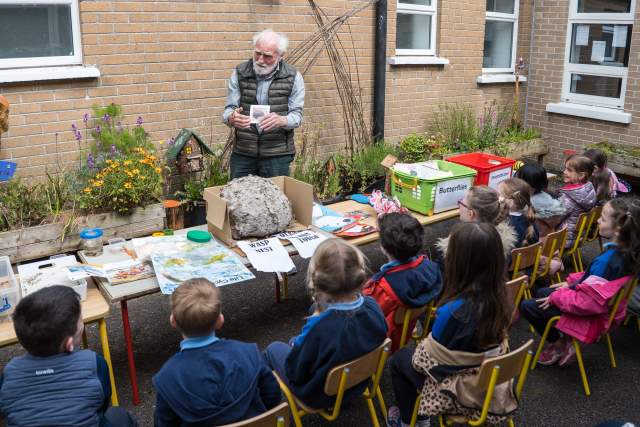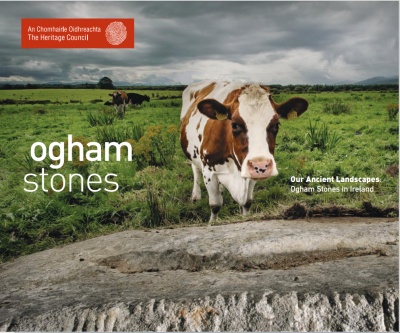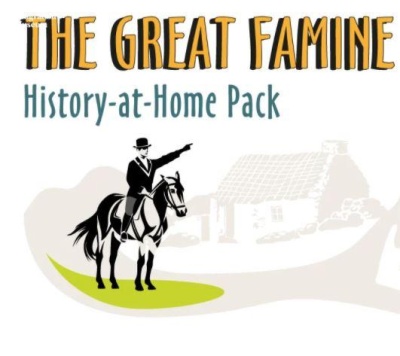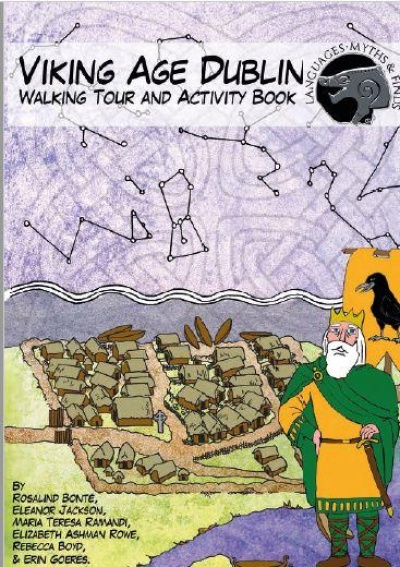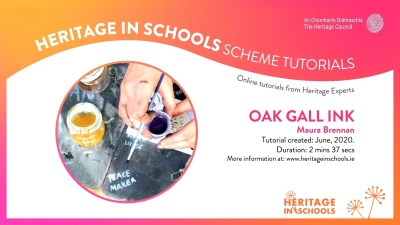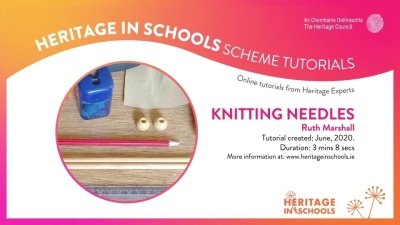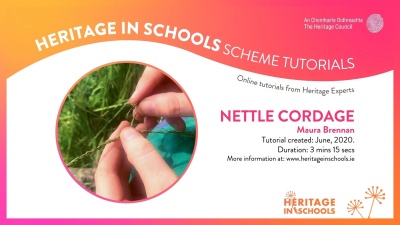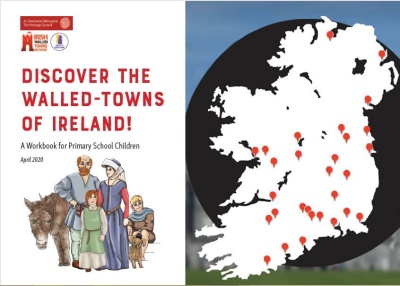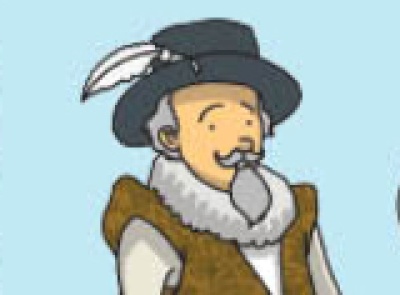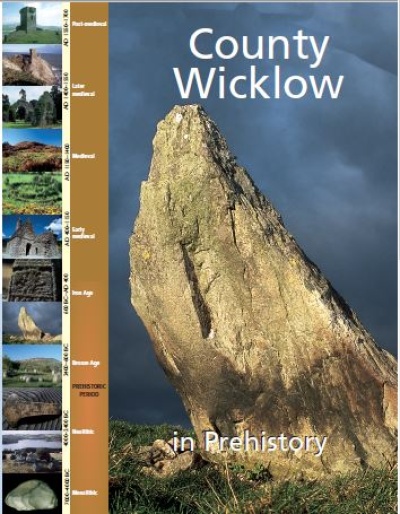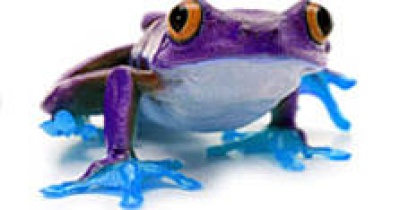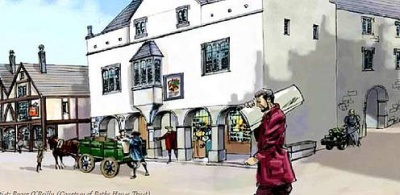Ogham Stones in Ireland
Before people in Ireland starting writing in manuscripts made of vellum they wrote on other materials, primarily stone, in a writing system called ogham. Our earliest ogham inscriptions on stone are dated on linguistic grounds to between the 4th and the 7th century AD. Over 400 known examples of ogham stones and fragments of various shapes and sizes have survived, each with their own unique biography or story.
Read moreRead lessThe ogham publication by Dr Nora White is part of the Heritage Council Our Ancient Landscapes series and follows on from the 2020 publication on prehistoric rock art. This latest publication features high quality colour illustrations from Ken Williams, the National Monuments Service, the National Museum of Ireland, the Discovery Programme and Dr Nora White.
Dr Nora White was Principal Investigator on the Ogham in 3D project (https://ogham.celt.dias.ie). She is currently a Postdoctoral researcher on the Irish Research Council/UK Arts and Humanities Research Council funded OG(H)AM project in the Department of Early Irish at Maynooth University. She has been a member of the Heritage Council’s Heritage in Schools panel since 2018 and has been leading the Knockboy church, Co Waterford, Adopt a Monument conservation project.
